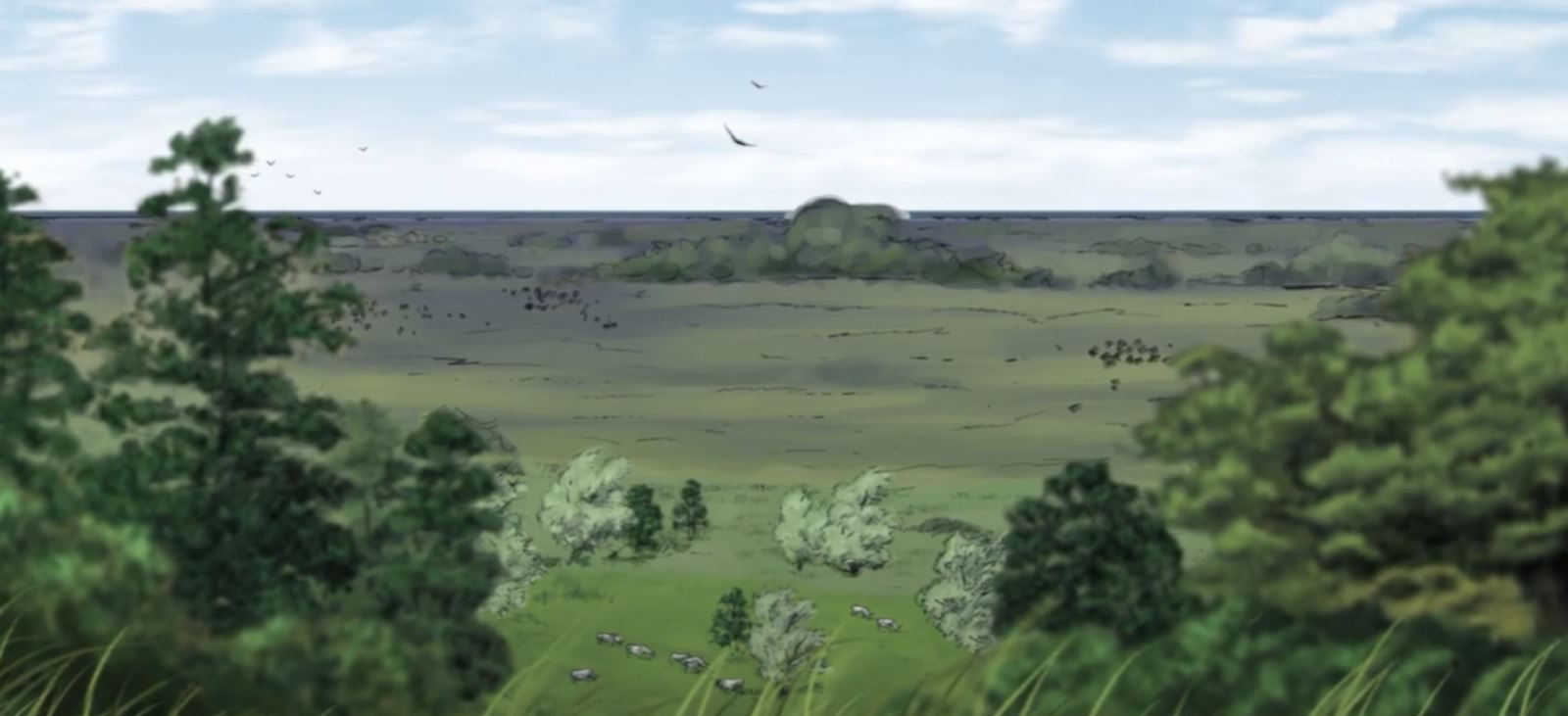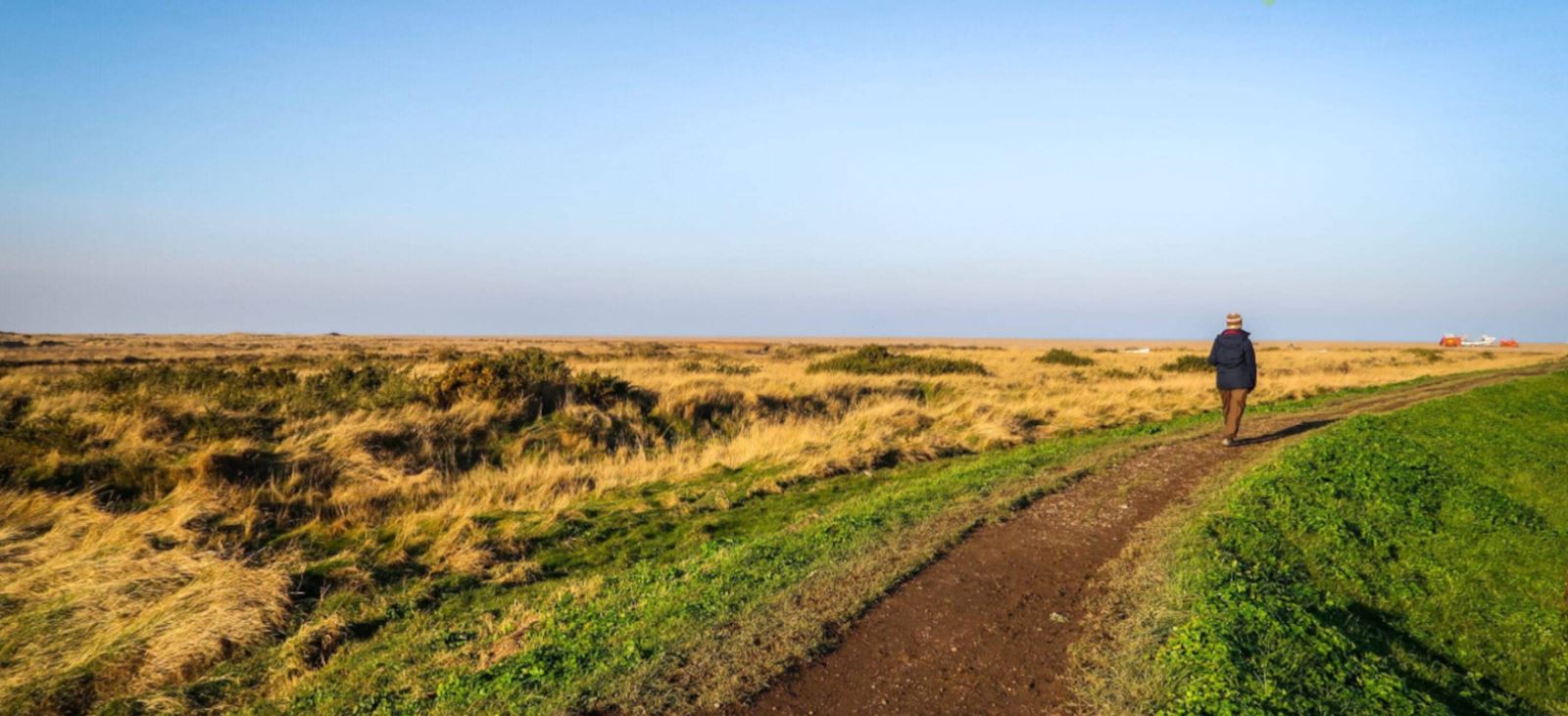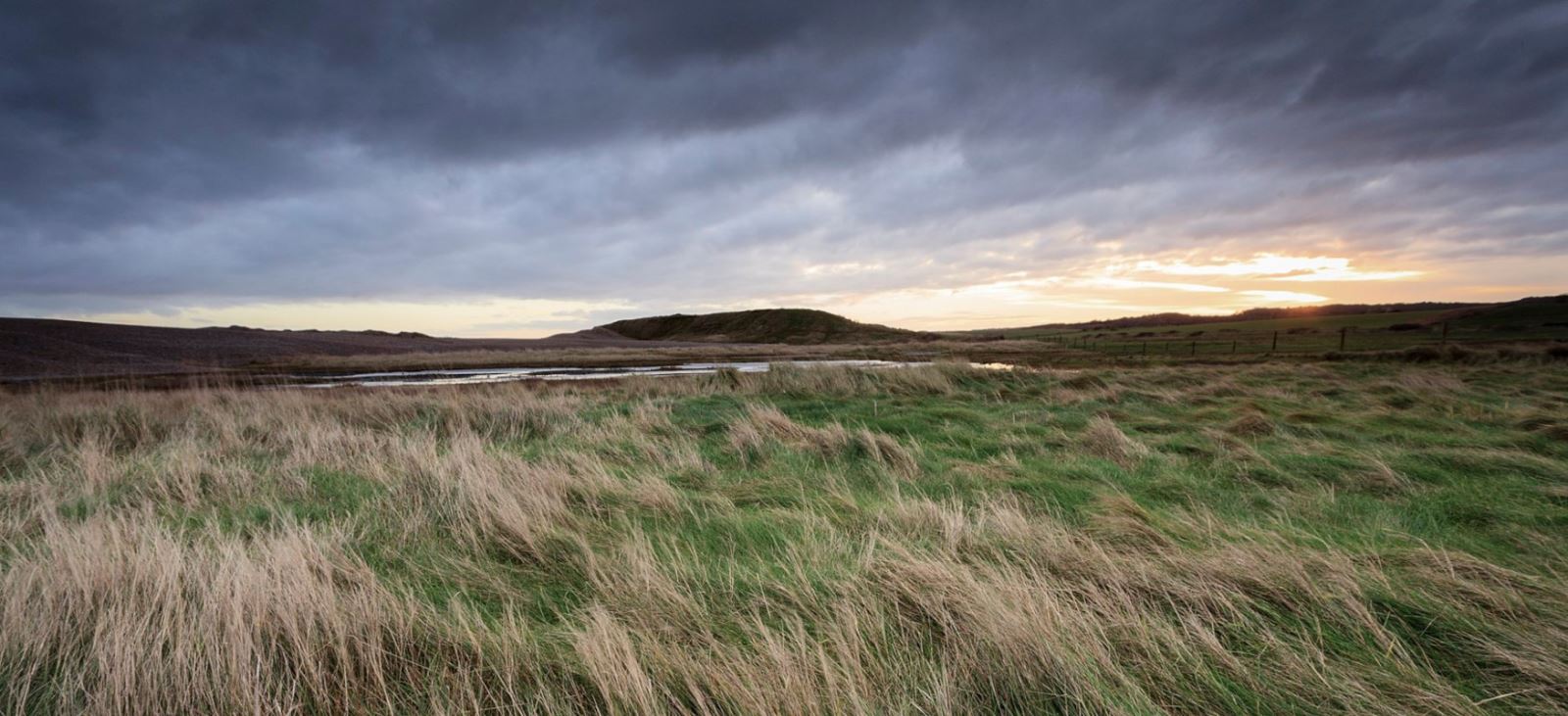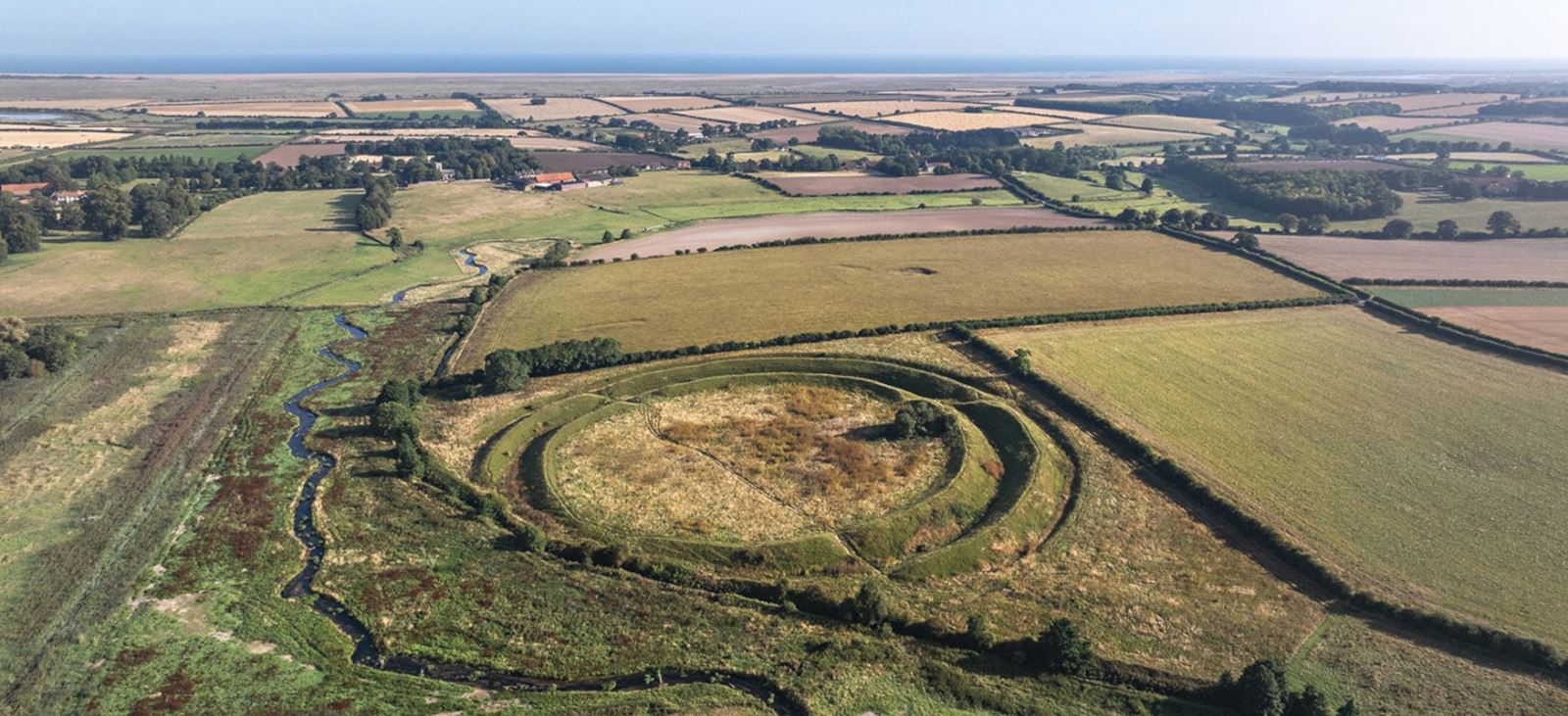To provide you with the best experience, cookies are used on this site. Learn more

To provide you with the best experience, cookies are used on this site. Learn more



You are here: Deep History Coast > Archaeology
North Norfolk’s Deep History Coast is 36 kilometres of unique coastline, following the Norfolk Coast Path from Weybourne in the northwest to Cart Gap in the southeast. The Deep History Coast is famous for discoveries of ancient animal fossils. It is also famous the world-over for the unique archaeology that it holds.
Just 8,500 years ago we would have been looking out on land and not water from the north Norfolk coastline. The North Sea stopped to the north, and you would have been able to walk from what’s now the UK all the way to east Asia! There has been land here for hundreds of thousands of years. It was only recently that the sea completely surrounded Britain – making it an island. This would have been a lush area with forests, grassland, lakes and rivers and it was a rich hunting ground for our relatives and ancestors who lived here on and off from nearly a million years ago. So a little like the British version of the Serengeti! But instead of herds of wildebeest and antelope, you would have had bison and giant deer.

Much of North Norfolk bears the scars of thousands of years of glacial activity during the last Ice Age. And this is true of the area around Salthouse. However, long after the ice receded, people used this area as a sacred site to bury their dead. Hidden amongst the trees on the heath are large numbers of round barrows. More can be seen through aerial photography, but you can still see a few on the ground – if you know what you’re looking for. Round barrows are burial mounds from the Neolithic and Bronze Age. The group of round barrows on Salthouse Heath was used over a period of some 2,000 years - from around 2,800 years ago. It is a really important ancient cemetery that would have meant a lot to our relatives living here over 2,000 years ago.

North Norfolk isn’t just special because of its Stone Age and Bronze Age archaeology – the Romans left their mark here too. At Gramburgh Hill near Salthouse the platform of a Roman signal station has been preserved. At Gramburgh Hill, there would have been a small wooden construction made by the Roman army there. This was a platform carrying a substantial building. As a signal station, it would have been used as a watchtower and sent signals around the coast to the major forts, including Burgh Castle and Brancaster, elsewhere on the Deep History Coast. The Romans were guarding the coast from raiders and in order to safeguard trade.

It is perhaps the Iron Age that Norfolk is most associated with when it comes to archaeology. After all, Boudica and the Iceni tribe are synonymous with the county. Warham Camp between Wells-next-the-Sea and Wiveton is what’s known as an Iron Age Hillfort. You can still clearly see the well-preserved banks and ditches at Warham Camp. Hillforts are usually circular or oval earthworks surrounded by ditches and located at prominent natural positions in the landscape.

Norfolk is a very special place for archaeology – in fact there have been more archaeological finds in Norfolk than in any other county of the UK, and north Norfolk is particularly rich in finds. Both the landscape and the museums of north Norfolk are packed full of history and are well worth a visit.
.jpg)
Things to do along the Deep History Coast



